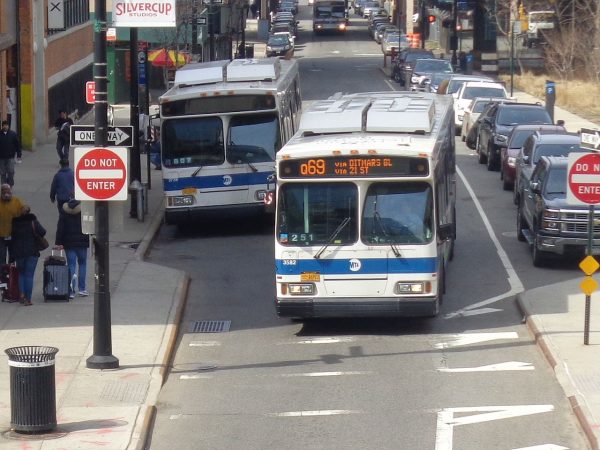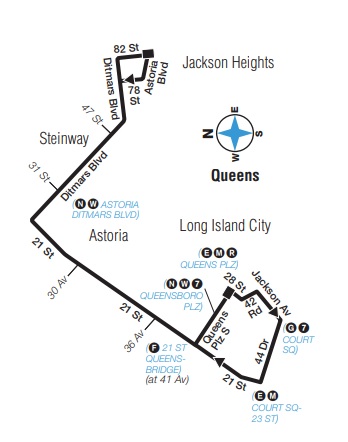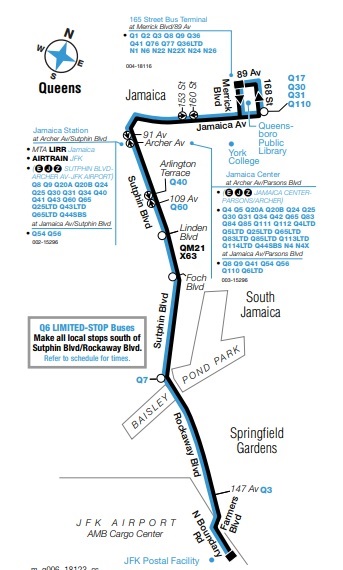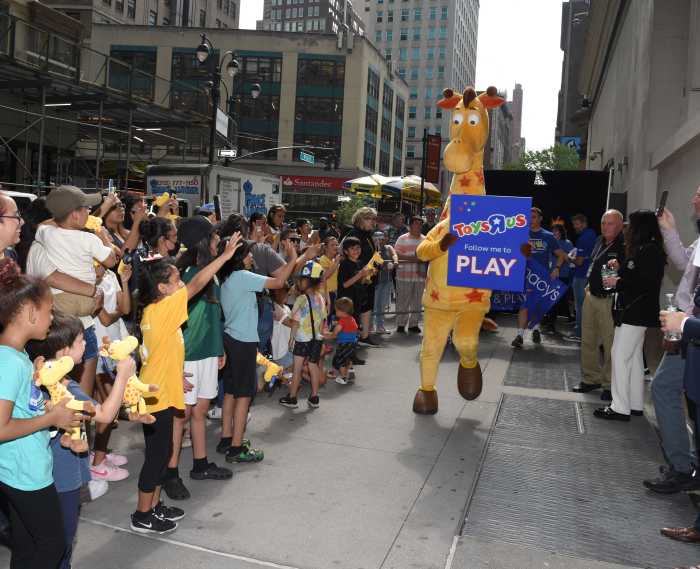
(Photo: Tdorante10 CC BY-SA 4.0)
June 21, 2018 By Christian Murray
The MTA has announced plans to increase bus service on two Queens lines this September—including the Q69 which connects Jackson Heights, Astoria and Long Island City.
The MTA said that it will be increasing the frequency of service during off-peak, week-day periods and on weekends as a means to keep pace with the growing population stemming from real estate development.
Currently the buses on the Q69 run every 15 minutes during off peak hours on weekdays and at similar intervals on weekends. The MTA has yet to reveal how much service will be increased come September.
The Q69 route joins Jackson Heights with Long Island City via the Ditmars Boulevard and 21st Street commercial corridors.
The MTA estimates that the more than 9,500 customers currently use the Q69 each week. The agency said that riders will benefit from the increased service, especially when several Queens Plaza and Court Square developments are completed.

Q69 Route
Meanwhile, the second line to get a boost in service is the Q6 that links Jamaica with JFK Airport via the Sutphin Boulevard corridor. Buses on this line currently come every 10 minutes during off-peak weekday periods and between 12 and 15 minute intervals on weekends.
The changes to both lines are part the MTA’s recently-announced “Fast Forward: The Plan to Modernize New York City Transit,” which includes improving bus service and redesigning the network throughout the city.
“We’re trying numerous approaches in the Fast Forward plan to win back bus customers by making service better for everyone,” said MTA Bus Company President Darryl Irick in a statement.
“Adding service outside traditional commute times and on weekends will benefit customers who take these routes as well as attract new customers who might be using other modes of transportation right now,” Irick added.

Q6
2 Comments







I’m in favor of increased service, but the problem with the Q69 is really unreliable service. The posted frequency would be adequate if the buses actually followed the schedule. It’s easily the most unreliable service I use.
It’s about time. We long Island City people have been waiting for So long. It’s about time.